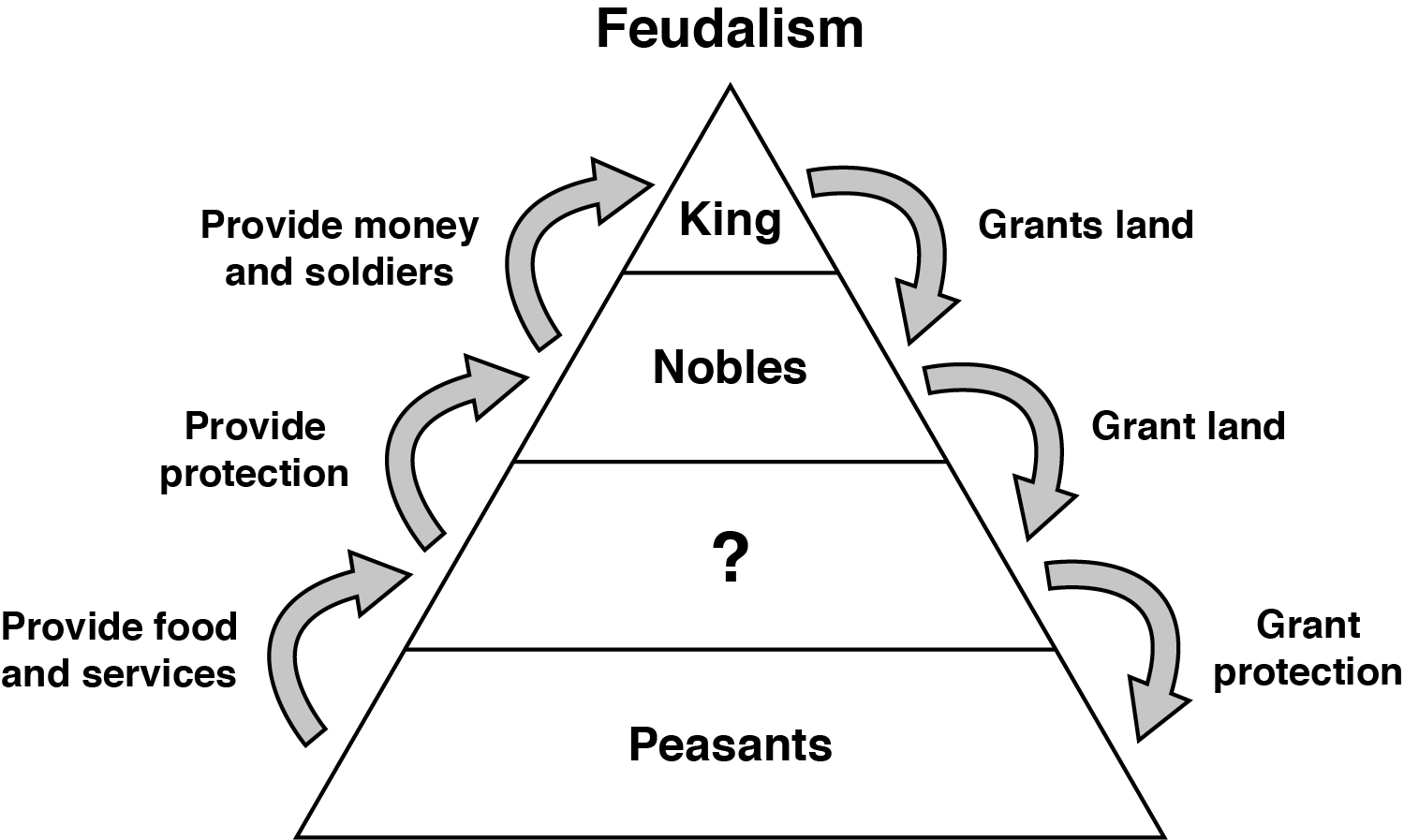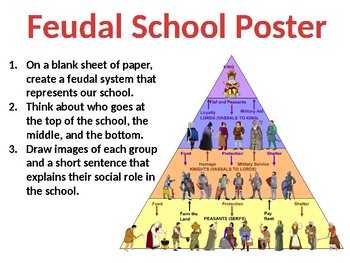
Through the Statute of Mortmain, in 1279, Edward I limited the ability of his tenants-in-chief to allocate land to religious houses requiring them to get royal approval. Religious houses were granted land in return for saying prayers for the lord's family members, caring for the sick and other general charitable functions. This benefitted both the king who needed the money and those barons who did not share the king's political interests. The money could then be used to pay for mercenaries to fight on the Continent. Instead of supplying knights, a baron could pay a sum of money. When the king was fighting abroard this was a severe limitation so the concept of scutage arose. The length of time a knight could be expected to serve for was limited, and possibly be for only forty days. Knights could be requested to serve the king for up to forty days at a time. The tenants-in-chief would have passed the request for knights on to their tenants and so on down the feudal structure. They could also be used for defending the king's many castles. The king would request the knights in time of conflict or war. The most important service a tenant-in-chief had to supply was a number of knights.
#Feudalism in the middle ages definition full#
At the meeting the most powerful barons in the land swore an oath of loyalty to William ensuring William of their full support. William the Conqueror summonsed his tenants-in-chief to a meeting at Salisbury in August of 1086. This was an important change to the older Anglo-Saxon form of feudalism as it meant William could keep control of his land as bad tenants could be removed. If the services were not provided the tenant-in-chief would be removed, by force if necessary. The tenants-in-chief did not get the land for free, they rented it from the king in exchange for services. At the bottom the common people worked on the land growing crops and raising animals. To do this the lord sub-let his land to other lords lower on the social ladder. The tenant-in-chief had to provide for himself and his family and to support a number of knights. The land allocated to a tenants-in-chief was known as a manor and tended to be dispursed across the country rather than being one big area. Unlike the older Anglo-Saxon form of feudalism these people did not own the land because the ownership remained with William the Conqueror himself. These people were known as tenants-in-chief. William confiscated the land in England from the Saxon lords and allocated it to members of his own family and the Norman lords who had helped him conquer the country. When William the Conqueror became King of England in 1066 he introduced a new kind of feudal system into Britain.


The truce outlawed any kind of fighting from Thursday evening to Monday morning. To stop the deterioration the Church introduced the Truce of God. Famines were common and trading had almost stopped.

It was extremely dangerous to travel even on the main roads. Many of these lords robed from the surrounding land to make themselves rich. Law and order had broken down and the Earls and Barons lived in fortified castles. In the early eleven hundreds France had descended into what is now known as the 'Anarchy of Feudalism'. Sometimes this meant the rule was a tyrannical one where the common people suffered Given the full right to govern as he saw fit. Each area of land was administered by the earl who ensured laws were enforced. In England the land was granted to the earls and barons, approved by the Witan, Across Europe theĬountries were organised in a structured way. Form of the feudal system existed in Anglo-Saxon times even before the Norman Conquest.


 0 kommentar(er)
0 kommentar(er)
